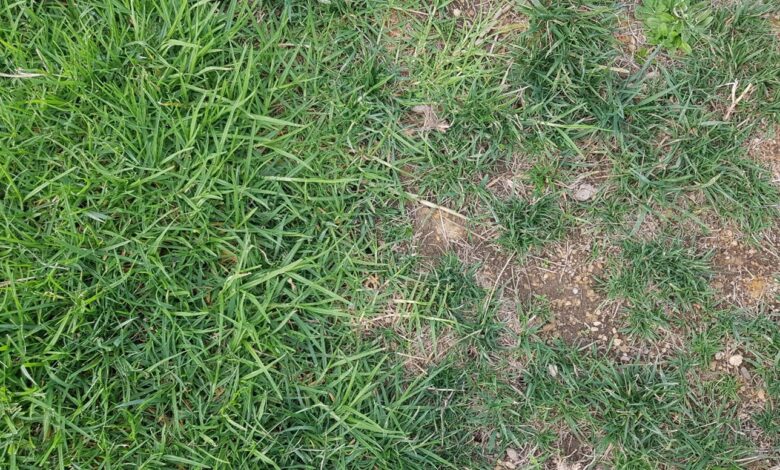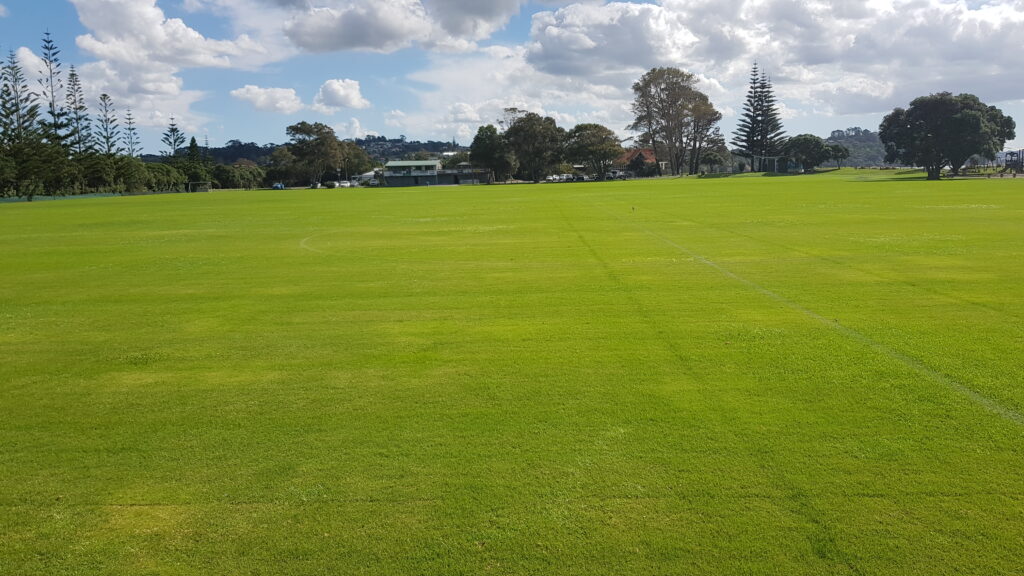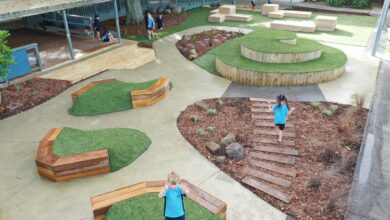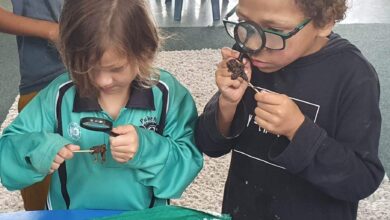Upgrading natural sports turf surfaces
If you have a sports turf surface that is sub-standard and needs to be upgraded, then...

…the first question you have to answer is what exactly makes your sports surface sub-standard?
Is it any of the following:
- Poor grass cover; lots of bare ground instead of a continuous dense turf sward.
- Weed content; weeds dominate or, even worse, weeds like Onehunga weed (prickle weed) mean that sometimes the field cannot be used.
- A rough and bumpy surface; rough enough to cause injuries.
- Poor drainage whereby the field has to be closed for much of the winter period.
Often, these problems are interrelated; a lack of dense grass cover will lead to weed invasion, or poor drainage leads to a loss of grass cover and a rough and bumpy surface. Understanding the exact cause of the problem is a vital first step toward solving it.
The long-term legacy of poor construction and patchy turf establishment
Quite often, sports turf surface problems stem from poor construction and poor initial turf establishment even though that may have been many years ago. A common problem is that the soil is compacted like a road; so, deep roots cannot develop, and water can’t drain through highly compacted soils. This inherent over compaction will remain indefinitely unless something is done about it.

If your turf cover is thin and full of weeds, it may be because either the wrong grass species was planted, or poor establishment occurred in the first instance. But if the right grass is correctly established, it will be sustainable in the long term.
What is the most suitable grass species?
This depends on where you are…
If you are in the northern part of NZ, a strongly spreading, drought-tolerant grass like Kikuyu or couch would be the best species to use on most school playing fields. If you are located further south, using a mixture of grass species, such as rye grass, browntop, and fescue would be required.
Having chosen the right grass, it is essential to establish a dense and complete turf cover as quickly as possible. There are numerous ways to get it wrong, so it is important to get good advice.
Starting again may be the best option
Quite often, the only real problem on poor quality school playing fields is that the wrong grass has been used and it has been poorly established. The consequences of this include weed, drainage and bumpy surface problems.
You may be very pleasantly surprised by the sustainable improvement that can be achieved when the correct grass is established.






